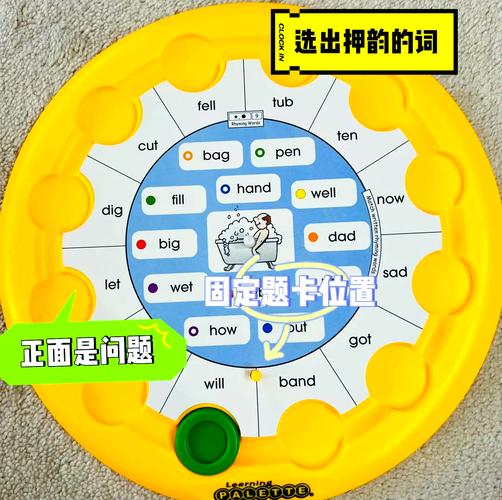
Learning Money Games for Kindergarten: A Comprehensive Guide
Introducing money to young children can be a fun and educational experience. By using money games, you can help your kindergarten-aged child learn about the value of money, counting, and making simple transactions. In this article, we will explore various money games that are suitable for kindergarten children, their benefits, and how to implement them effectively.
Benefits of Money Games for Kindergarten Children
Money games offer numerous benefits for kindergarten children, including:
- Developing Math Skills: Money games help children learn to count, add, and subtract, which are essential math skills.
- Understanding Money Concepts: Children learn about the different denominations of money, such as coins and bills, and how to use them.
- Encouraging Financial Literacy: Early exposure to money games can help children develop a basic understanding of financial concepts and the importance of saving.
- Improving Social Skills: Money games often involve playing with others, which can help children learn to share, negotiate, and communicate effectively.
Types of Money Games for Kindergarten Children
There are various money games that can be used to teach kindergarten children about money. Here are some popular options:
1. Coin Sorting Games
Coin sorting games are a great way to introduce children to different types of coins. You can use a simple sorting activity where children place coins into separate containers based on their denomination. This can be done using a table with columns labeled “Penny,” “Nickel,” “Dime,” and “Quarter.” Here’s an example of how you can set up the table:
| Denomination | Number of Coins |
|---|---|
| Penny | 10 |
| Nickel | 5 |
| Dime | 2 |
| Quarter | 1 |
2. Shopping Games
Shopping games allow children to practice making purchases using pretend money. You can create a shopping list with various items and prices, and give each child a set amount of pretend money. This game helps children learn to count money and make change.
3. Counting Games
Counting games are a fun way to help children practice counting coins and bills. You can use a deck of cards with pictures of coins on them, and have children count the total value of the cards they draw. This can be a competitive game, where the child with the highest total wins.

4. Money Matching Games
Money matching games involve matching coins and bills with their corresponding values. You can create a set of cards with pictures of coins and bills on one side and their values on the other. Children can lay the cards face down and try to match the values correctly.
Implementing Money Games in Kindergarten
When implementing money games in kindergarten, consider the following tips:
- Use Real Coins and Bills: If possible, use real coins and bills to make the experience more realistic.
- Start with Small Denominations: Begin with smaller denominations, such as pennies and nickels, before moving on to larger ones.
- Make it Interactive: Encourage children to participate actively in the games, asking them questions and providing feedback.
- Use Visual Aids: Use charts, graphs, and other visual aids to help children understand the concepts better.
- Be Patient: Understand that children may take time to grasp the concepts, so be patient and encourage them to keep trying.
By incorporating money games into your kindergarten curriculum, you can help your children develop a strong foundation in math and financial literacy. These games are not only fun but also provide valuable learning opportunities that can benefit them in the future.


